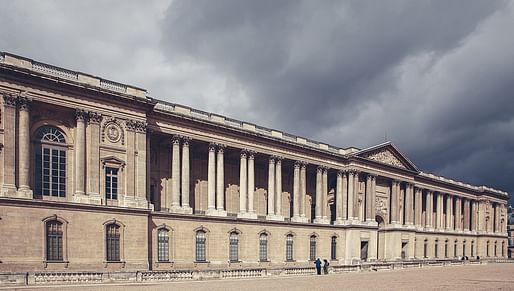

Today, the art museum provides several functions. Wealthy collectors lend works they own for exhibitions, increasing the value of their holdings while allowing them to avoid taxes. Museums are also semi-public repositories for objects of cultural value and education initiatives. Nothing that costs $25 to enter can really be considered public. — SSENSE
Dana Kopel, archive editor at the New Museum in New York City, ruminates on the significance of museums in contemporary society as sites of labor and work, conditions that have been deeply impacted by the COVID-19 pandemic.
Kopel writes, "The museum is a place: a situated and permanent space to experience art. Its origins are as a “civilizing” enterprise, where the working class would be indoctrinated into proper comportment. Before that, there were wunderkammern, collections of art, antiquities, and curios assembled by wealthy Europeans."
Adding, "What does art look like when 'uncertainty' reveals the systemic insecurity of the workers who make, install, and help us understand art?"
1 Comment
Meanwhile, at The Shed, an arts institution that cost $475 million to build—and directly benefited from $1.2 billion in public funds redirected to Hudson Yards from low-income Manhattan neighborhoods—nearly eighty unionized visitor experience workers have been furloughed. Art handlers at the Shed, who are not unionized, were abruptly forced to forgo anticipated pay.
Block this user
Are you sure you want to block this user and hide all related comments throughout the site?
Archinect
This is your first comment on Archinect. Your comment will be visible once approved.